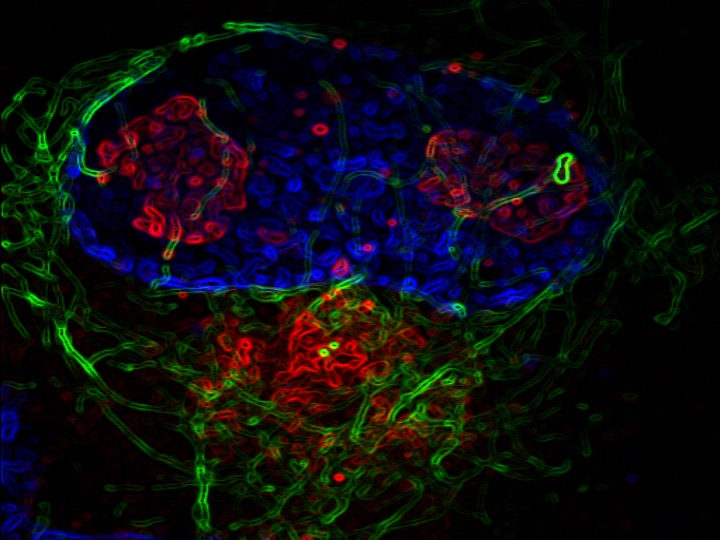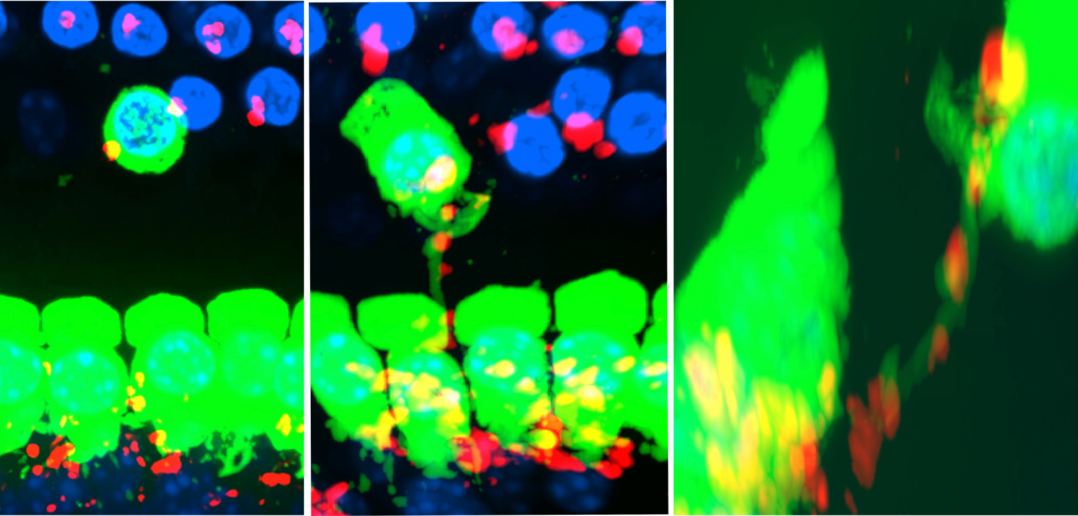
For the first time, scientists have uncovered the complex logic that determines how cochlear cells are connected to the brain during neurodevelopment, according to a Northwestern Medicine study published in Science Advances.
Two types of hair cells develop connections to and from the brain in a specific order – a process called innervation. Defining and recreating innervation is among the last barriers to restoring hearing in patients by regenerating these cells, a longtime goal of many scientists, according to Jaime García-Añoveros, PhD, professor of Anesthesiology and senior author of the study.
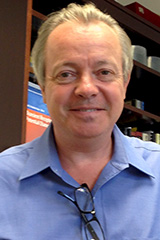
“We are close to regenerating cells, but the last step is re-connecting them to the brain,” said García-Añoveros, who is also a professor in the Ken and Ruth Davee Department of Neurology and a professor of Physiology. “There is no electrician putting these wires together, so it’s important to learn how this happens in neurodevelopment.”
There are two types of sensory hair cells – inner hair cells (IHCs), connected to the brain via type I afferent neurons, and outer hair cells (OHCs), connected to the brain by type II afferent neurons. Both types of cells send information to the brain via their respective afferents, but also receive feedback from the brain via efferent neurons.
One critical aspect of efferent neurons is how they terminate: Those approaching IHCs do not contact the hair cells directly, but instead contact synapses on the type 1 afferent neurons. On the other hand, efferent neurons approaching OHCs contact the hair cells directly.
While the roles of these components are well defined, García-Añoveros said, how this complex system assembles during development had remained unknown.
In the current study, García-Añoveros and collaborators created genetically modified mice, inserting a mutated gene that causes some of the OHCs appear alongside inner hair cells. This resulted in a mix of both cell types in the same location, providing a neutral platform for studying innervation.
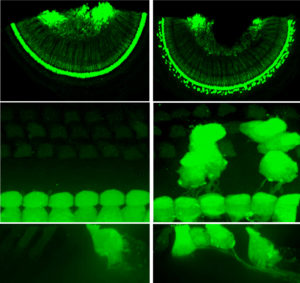
Using microscopy, they observed that the first step in this process is type I afferents running from the brain to IHCs.
“The inner hair cells attract these afferents, while the outer hair cells repel them,” said García-Añoveros, who is also a member of the Robert H. Lurie Comprehensive Cancer Center and the Knowles Hearing Center, both at Northwestern University.
Next, the type II afferents snake through and join with the OHCs. Though they are attracted by both IHCs and OHCs, they normally end up innervating OHCs because the type I afferents already contacting the IHCs repel the type IIs, meaning the precise sequence of innervation is important.
Then come the efferents, and the investigators found that their termination depends not on the type of hair cell, but on the type of afferent they encounter. Hence, the type of afferent determines if and how the efferents connect, completing the assembly of the neuronal circuit.
“I did not imagine that this would lead to such an elegant story,” said Jemma Webber, PhD, postdoctoral fellow in the Añoveros laboratory and lead author of the study.
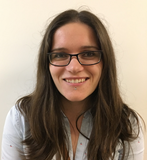
This is the first time the sequence of cochlear innervation has been identified, García-Añoveros said, and is an important step towards an improved therapy for hearing loss. Both types of hair cells are only produced in the embryo, and loss of hair cells after long-term exposure to high-volume sounds – common in the military, music industry and in other occupations – is the largest cause of hearing loss and deafness.
Next, García-Añoveros says the team plans to study DNA and RNA transcription in the different hair cells, afferents and efferents, searching for molecular differences between them that determine their function.
“There are lots of attempts to regenerate thee cells, but if a hair cell is not connected with the neurons of the brain, it doesn’t do much” García-Añoveros said. “For the first time, we’ve defined the logic. Now, filling in the molecular details will be a tremendous amount of work.”
This study was supported by National Institutes of Health grants R01 DC015903, R01 DC017482 and a K01 DC018852 mentored career development
award.






